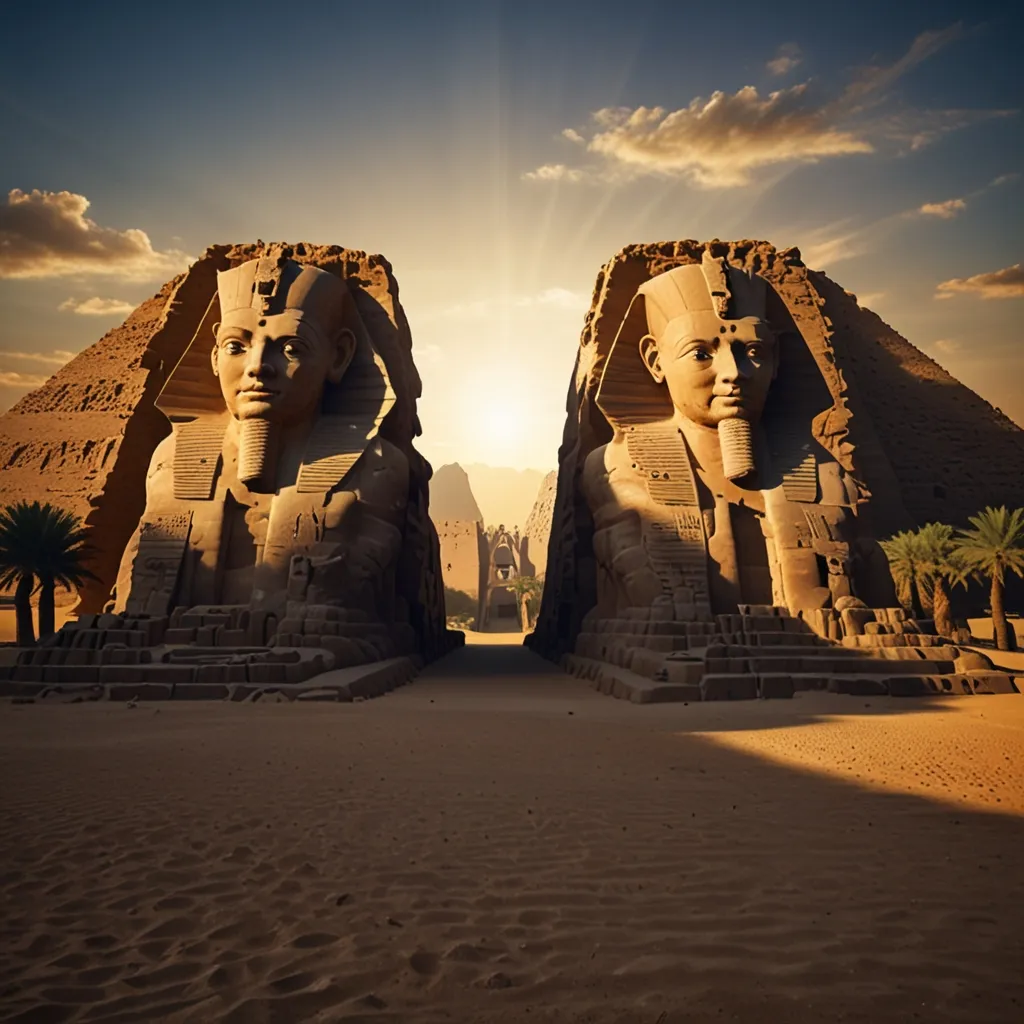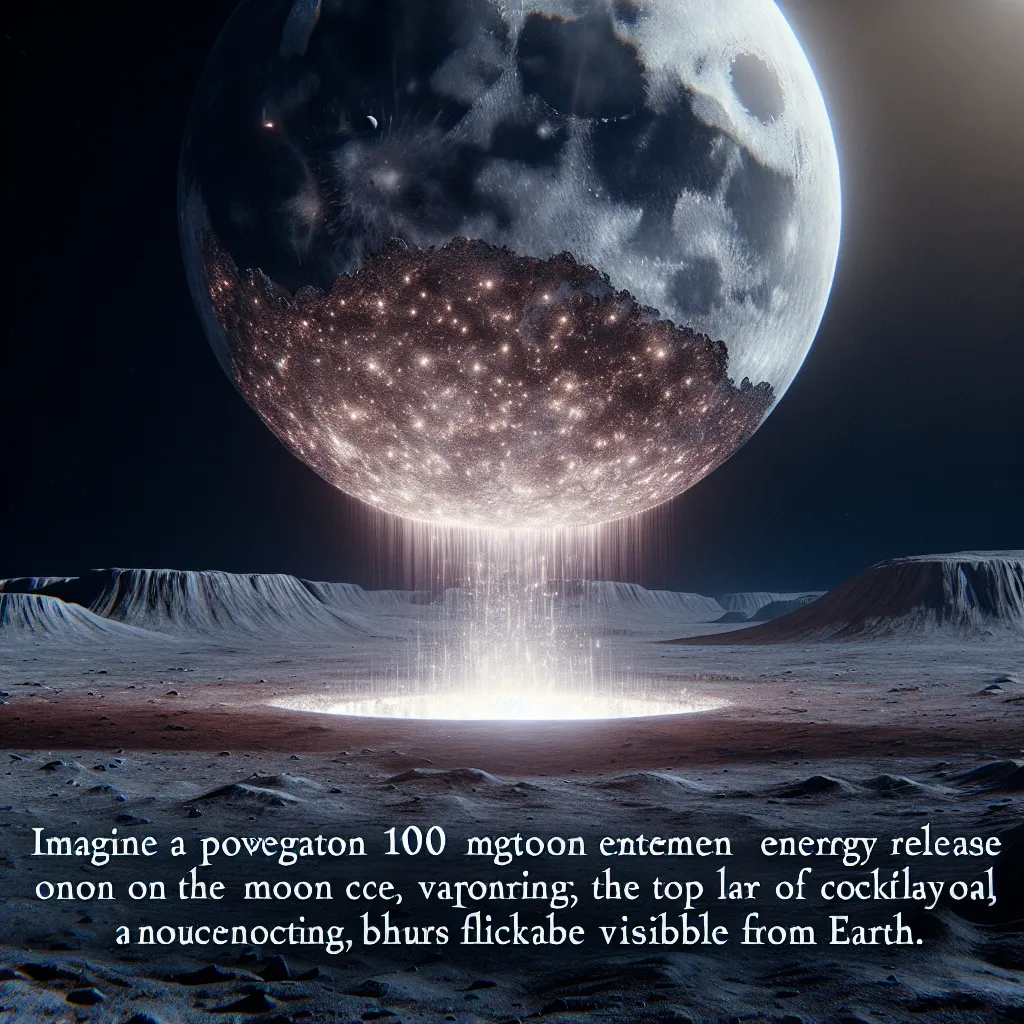In the picturesque landscape of Aswan in Southern Egypt, the year 1813 witnessed a remarkable discovery. Swiss explorer Johann Burckhardt, while navigating the tranquil waters of the Nile River, stumbled upon an extraordinary sight—three massive stone heads emerging from the sand. Fast forward four years, and the world got to witness the unearthing of a 3,200-year-old temple complex, now celebrated as the Abu Simbel Temple.
Situated in a mountain and commissioned in 1244 BC, the Abu Simbel Temple is a testament to the grandeur of Ramses the Great. Imagine standing before colossal statues, each 64 feet tall, carved with such precision that they emanate the awe-inspiring aura of the pharaoh. These stone giants weren’t just about grandeur; they represented the pharaoh as a divine being, a god incarnate, seen through the perfect lens of ancient Egyptian craftsmanship. It was a place where the Egyptians could sense the ethereal presence of their king as a deity.
The story of Abu Simbel took another fascinating turn in the 1960s. Aswan Dam’s construction required relocating the temple to higher ground. A feat of engineering brilliance ensured that the geographical and astronomical alignments remained true to the original. This meticulous effort was crucial because twice a year, on February 22 and October 22, the dawning rays of the sun would stream through the temple’s entrance, illuminating a great hall adorned with stone giants. For 20 magical minutes, the light would travel 185 feet and shine directly upon the statues of Egyptian gods Amun, Ra-Horakhty, and the great Ramses II, at the heart of the temple. This celestial event was more than a spectacle; it was a powerful ritual intertwining cosmic forces and divine presence.
These colossal statues were more than art or political symbols. They were believed to be transmitters of cosmic energy, drawing down such forces to be emitted into the surrounding area. The question remains whether this energy served only religious purposes or if there was a technological aspect to it. Mainstream scholars often regard the Egyptians’ belief in the energy of stone statues as symbolic. However, ancient astronaut theorists argue otherwise, suggesting that these statues literally possessed and transmitted energy. Such theories gain traction when considering other ancient cultures that shared similar beliefs about the energy and consciousness imbued in their statues.
Look at Easter Island, for instance, where the iconic Moai heads were thought to channel ‘mata’a’ or spiritual power. The Easter Islanders viewed these statues not just as representations but as conduits of energy. This concept is echoed at sites like Copan and Göbekli Tepe, where enormous stone statues likewise had purposes beyond mere decoration. They served as portals, linking the physical and spiritual realms, embodying the ancient belief in the power and life within the stone.
Traveling back to Abu Simbel, one can’t help but marvel at the technological and spiritual sophistication of ancient Egyptians. The relocation of the temple complex in the 1960s, without losing its astronomical precision, stands as a modern testament to the ancient genius. It also highlights our continuing fascination and respect for these remnants of the past. The dynamic play of sunlight on the statues twice a year isn’t just an alignment trick but a reminder of the profound wisdom and cosmic understanding possessed by the builders.
Such sites are not mere historical relics; they are whispers from a past that understood the world in ways we are only beginning to comprehend. They invite us to look beyond the surface, to consider the possibility that ancient civilizations tapped into a universal source of energy—whether for spiritual, technological, or perhaps even medical purposes.
Today, standing in the presence of these stone giants, one can’t help but feel a connection to those ancient times. The sheer scale and beauty of the statues evoke a sense of wonder and reverence. It’s as if they carry the weight of history and the energy of the cosmos within their stone forms, connecting us to a world far more mysterious than we often acknowledge.
Reflecting on Abu Simbel, it’s clear that the ancients were masterful sculptors and engineers. But more importantly, they were spiritual explorers, pushing the boundaries of what it meant to be human and divine. Their creations, like the colossal statues of Abu Simbel, were not just about leaving a mark on the world; they were about capturing the very essence of their existence and sharing it with us across millennia.
In the end, the legacy of Abu Simbel, with its towering figures and celestial alignments, continues to inspire and intrigue. It urges us to ponder the mysteries of our past and the depths of human ingenuity. These ancient stone giants stand as eternal sentinels, watching over the Nile, whispering secrets of a world where the divine and the terrestrial danced in harmony, guided by the light of the sun and the power of the cosmos.






